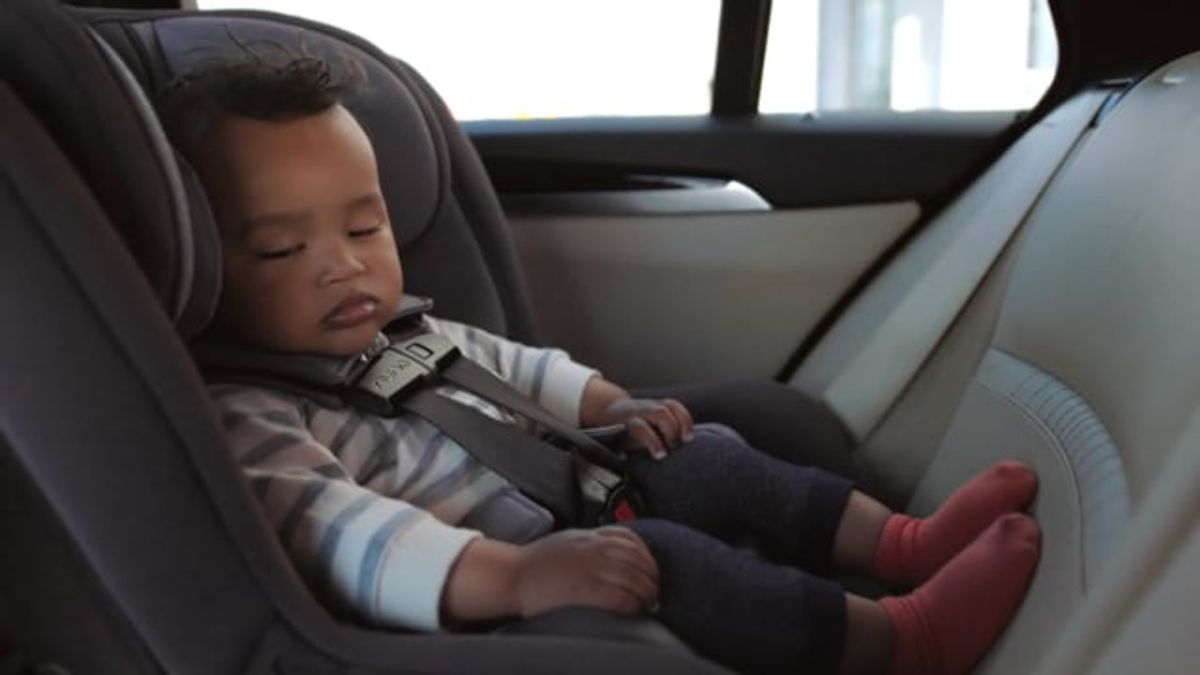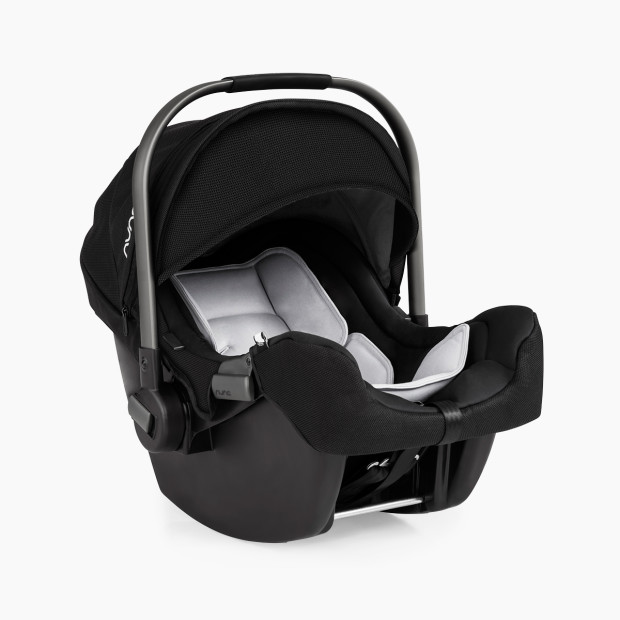
View Nuna PIPA LITE with IsoFix here : https://www.sharingbabyland.com/products/nuna-pipa-lite-with-isofix-base---fog
1. Read your car owner manual first.
First things first: Read your vehicle's owners manual before buying a car seat. Car seats can be attached using either the seat belt or the LATCH system (which stands for the Lower Anchors and Tethers for Children system, and which all new vehicles have). You can decide before buying which one you want to use and then look for a seat based on how you want to install it — belt or LATCH.
If you decide to use LATCH, make sure you know where the LATCH attachments are in your vehicle — there may not be any in the middle, rear-seating position, which is the safest spot for a child.
Another tip? Measure your back seat to know how much room there is for a car seat. A car seat with a large base may not fit in a small car — you may have to opt for one with a narrower base instead. Also consider who'll be sitting in the back seat. How many children do you have? How many are in car seats? Take back seat measurements before you go shopping and bring the measuring tape with you to the store to measure the base of the seats.
 View Nuna RAVA here : https://www.sharingbabyland.com/products/nuna-rava---indigo
View Nuna RAVA here : https://www.sharingbabyland.com/products/nuna-rava---indigo
2. Pick a convertible car seat that'll lasts through toddlerhood
Buying a convertible car seat saves money because it lasts through toddlerhood, and it's completely sound in terms of safety.
Newborns can sit in two kinds of car seats: a rear-facing infant seat, or a convertible seat (which faces the rear of the car at first, and later is turned toward the front). The only drawback? Convertible car seats cannot be taken in and out of the car like an infant seat can.
3. Consider a car seat stroller if you're trying to save
If you want to buy an infant car seat but need to trim costs, consider shopping for a travel system — an infant seat and stroller that are sold together at a discount. You may find these in the stroller aisle, not the car-seat aisle.

View Nuna AACE - Caviar here: https://www.sharingbabyland.com/products/nuna-aace---caviar
4. Spring for a new seat to be safe
Understandably, you want to know which car seat is safest. But all car seats that are on the market have been tested and approved for the current safety standards (check for the JPMA stamp on the box which means it's been approved by the Juvenile Products Manufacturers Association).
Because the safety technology improves so frequently, the most important thing you can do is buy a new car seat and not accept a hand-me-down.
5. Focus on the most important features
At the lower end of the price range, whether you're purchasing an infant car seat or a convertible car seat, look for a model that has a 5-point harness (two shoulder straps, two waist straps, and one strap between the legs that meet in the middle), side-impact protection (extra foam or air pads at the side of baby's head), and compatibility with the LATCH system (a way to fasten the base tightly without using seatbelts).
If you can afford to buy a premium car seat, , expect additional features, such as an anti-rebound bar at the foot of the seat that limits the amount of movement during a crash. Other features that bump up the price include cushier fabric, accessories such as a little "boot" around baby's feet, and a larger canopy.
Another feature to size up are the straps: To save trouble, check to see if straps of the car seat you're buying will be easy to adjust as your baby grows. Ideally, you want straps that will not have to be rethreaded. Many brands now have adjustment handles in the back of the seat, or a pull cord between baby's legs, that make rethreading a thing of the past.
6. Choose something easy to clean
Seats made with a smooth fabric will wipe clean more easily than a textured fabric such as corduroy. This one's more about cleanliness than safety — but easy-to-clean is a virtue, too.
7. Opt for one with installation diagrams as well as text
You're not finished once you walk out of the store. Make use of all the instructions you can — those in the instruction booklet (which should always be kept with the seat), and the diagrams on the seat itself — to have the best possible chance of installing the seat correctly.
Although all companies continue to simplify the installation process — videos on YouTube supplement some instruction books — it's still recommended that, after you install the car seat, you have your work checked by a professional.
The easiest way to ensure correct installation though? Have a Child Passenger Safety (CPS) technician in your area do it for you. CPS technicians can be found at police stations, fire stations, hospitals, your local AAA, and more.
Reference: www.parents.com





